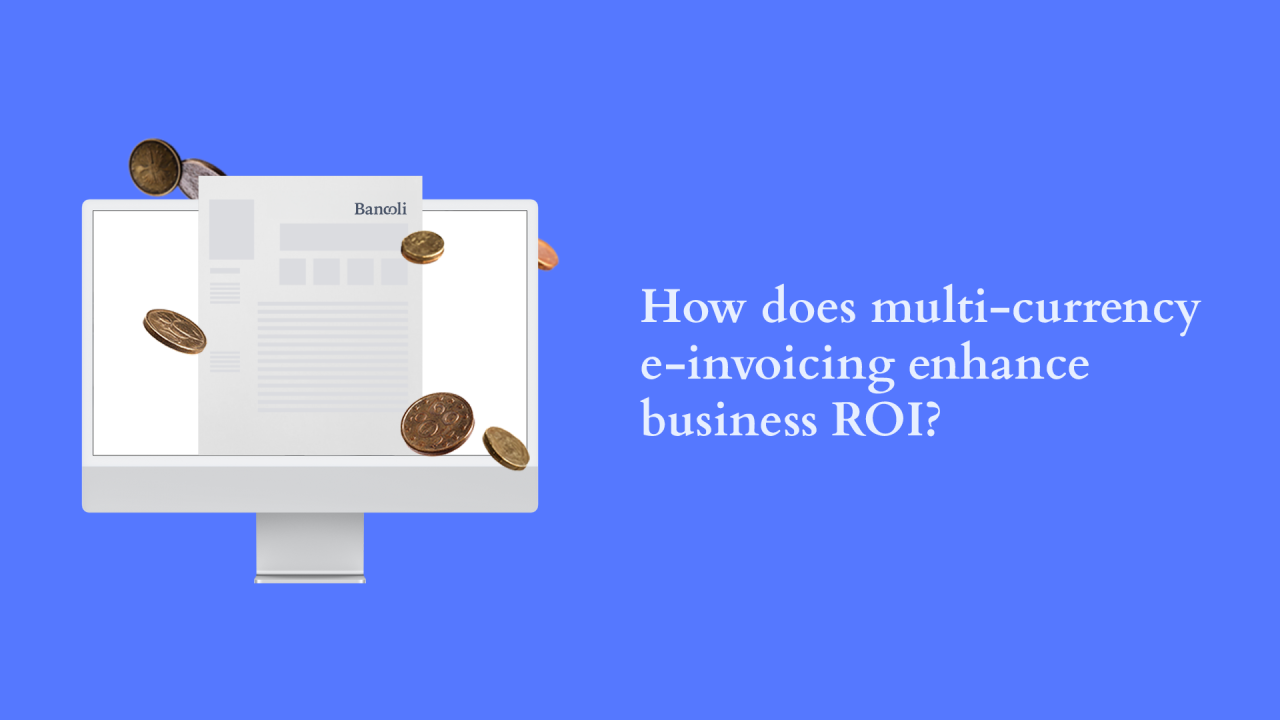
All About Efficiency: How E-Invoicing Streamlines Global B2B Payments
Are manual invoicing processes holding back your business’s potential?
The inefficiencies of paper-based invoicing and outdated manual systems can lead to missed payments, increased costs, and unnecessary delays. But there’s a solution that addresses these problems and brings your business into the digital age: electronic invoicing (e-invoicing).
With the global e-invoicing market expected to hit $24.7 billion by 2027, the shift towards automation is gaining momentum. But what’s driving this change, and how can your business benefit?
E-Invoicing's Rapid Growth
The traditional invoicing process needs to be more efficient. According to Billentis, businesses can save significant invoicing costs when switching from paper to e-invoices. These savings stem from reductions in labor, material costs, and processing times, which have made e-invoicing a critical factor in the global push for automation.
The demand for faster, more secure, and reliable payment solutions is higher than ever, with 55% of businesses reporting faster payments after implementing e-invoicing. As more companies look for ways to improve cash flow and operational efficiency, e-invoicing is rapidly becoming a non-negotiable part of modern financial management.
Why E-Invoicing Matters for Every Business
Businesses that rely on manual processes experience delays and higher rates of human error and fraud. The European Commission reports that e-invoicing can reduce payment delays by an average of 61%, allowing businesses to improve their financial health and customer relationships.
The challenge is making the transition. Businesses often hesitate to adopt new technology due to perceived costs, complexity, or a lack of understanding of how e-invoicing fits into their existing workflows. Yet the long-term benefits far outweigh the short-term hurdles. The return on investment is significant with processing costs reduced by 60-80%.
领英推荐
Strategies and Solutions: Maximizing ROI with E-Invoicing
For businesses looking to improve operational efficiency, e-invoicing offers a clear path forward. By automating invoice creation, delivery, and payment, companies can cut down on delays and reduce errors. Furthermore, e-invoicing speeds up the payment cycle, as companies report a 61% reduction in processing times.
However, efficiency isn’t the only advantage. E-invoicing also supports enhanced security, better tracking, and improved compliance with global regulations. As more regulatory bodies worldwide adopt e-invoicing mandates, early adopters are well-positioned to stay ahead of compliance demands while benefiting from increased operational transparency.
Bancoli’s Multi-Currency Invoicing: A Game-Changer for Global Businesses
Bancoli’s multi-currency invoicing tool provides businesses with a powerful way to streamline invoicing in multiple currencies and simplify international transactions. This tool and its cash flow acceleration capabilities are integrated into the Global Business Account. This multi-currency business bank account can hold, receive, and send funds in USD, EUR, GBP, MXN, CAD, AUD, HKD, SGD, PLN, and CNY and send payouts in 50+ currencies in 200+ countries.
With Bancoli’s solution, businesses reduce time spent managing currency conversions and cut down on cross-border payment fees. This leads to more efficient invoicing workflows and improved payment cycles, allowing businesses to focus on growth instead of administrative tasks.
In Conclusion
Adopting e-invoicing offers businesses a clear path toward reduced costs and faster payments. The shift from paper-based to electronic invoicing can save up to 80% and reduce payment delays by 61%.
E-invoicing isn’t just a trend; it’s a transformative shift for businesses looking to optimize payments and increase operational efficiency. By embracing this digital solution, you can benefit from faster payments, reduced processing costs, and enhanced global compliance.